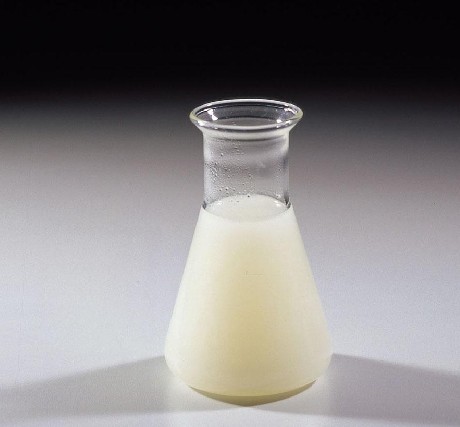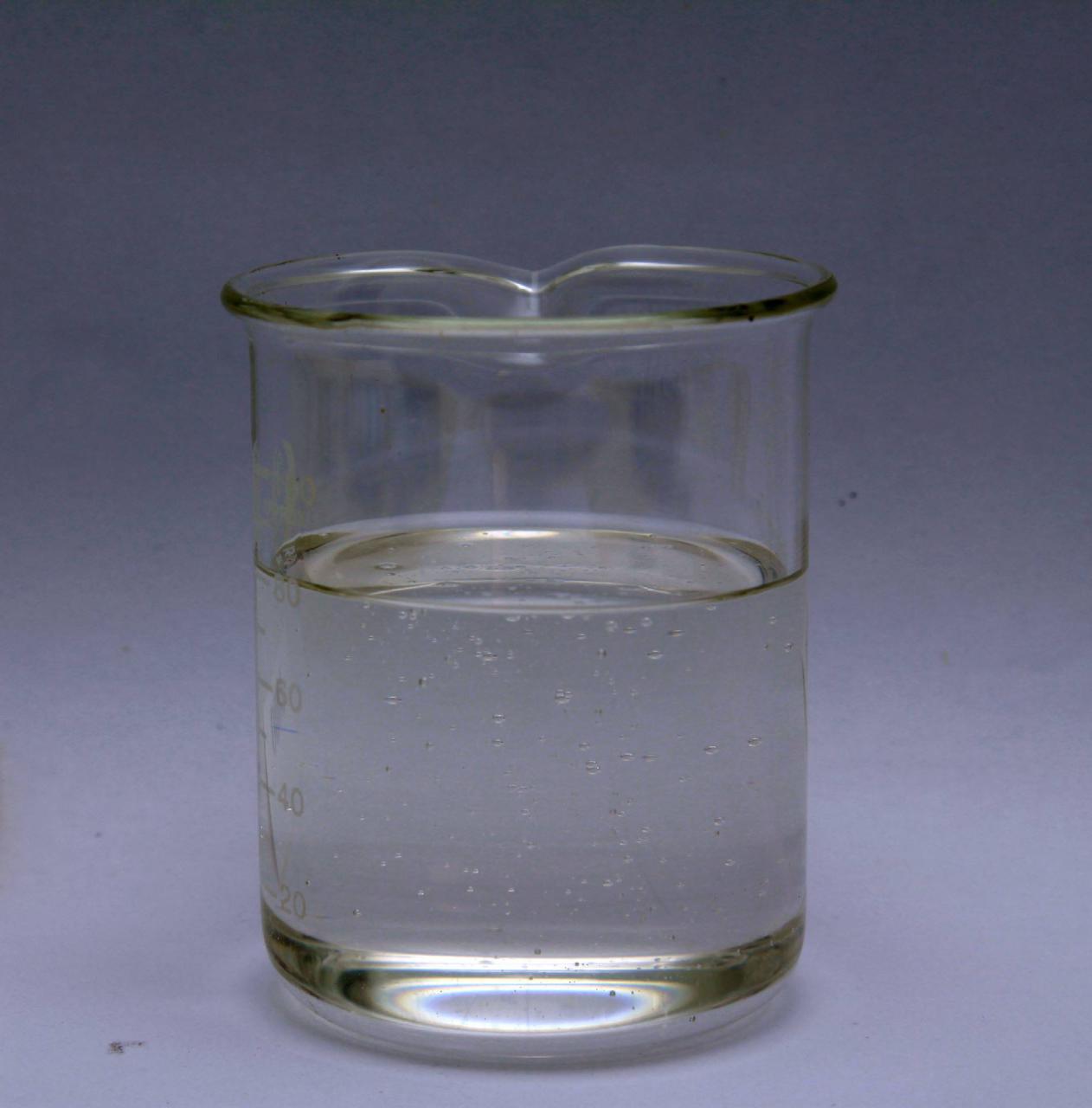Thickener: Also known as rheological additive, it can increase the viscosity of the coating system. Viscosity is also called rheological properties. This is how the additive gets its name. Additives with insufficient viscosity can easily flow and appear as sagging on a three-dimensional surface. The greater the viscosity, the more difficult it is for sagging to occur, so thickeners can solve the rheology problem.

Leveling agent:The main function of the leveling agent is to increase the fluidity of the paint, so that the paint system can be better after painting Leveling to form a smooth, flat and uniform coating. The better the fluidity of the paint, the greater the probability of sagging.

One is to reduce fluidity and the other is to increase fluidity. This is the contradiction between thickener and leveling agent. Improving one will definitely cause damage to the other. How to solve this problem?
In fact, either too much or too little liquidity can lead to defects. If the leveling property is too small, the paint cannot level well, which will greatly affect the appearance of the paint film. It will feel rough and the gloss will decrease; if the leveling property is too large, it will cause sagging. Therefore, only finding a balance between leveling and sagging can solve this problem.
This requires the selection of appropriate thickener and leveling agent products. Improper selection will cause adverse effects. If alkali-swelling thickeners thicken the water phase, the leveling properties will become very poor and the water resistance of the paint film will also decrease, so it is not suitable to be used.

 微信扫一扫打赏
微信扫一扫打赏

